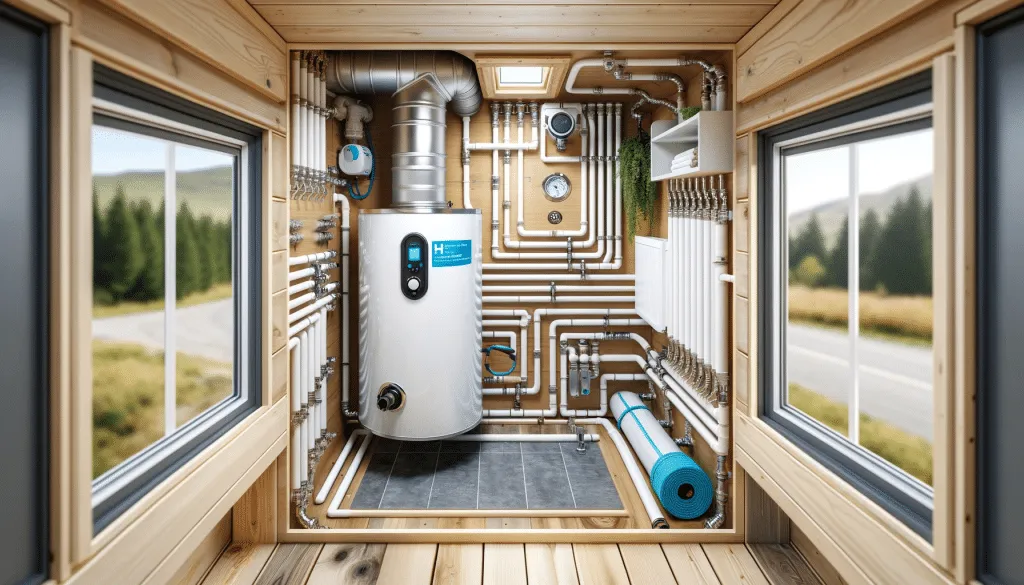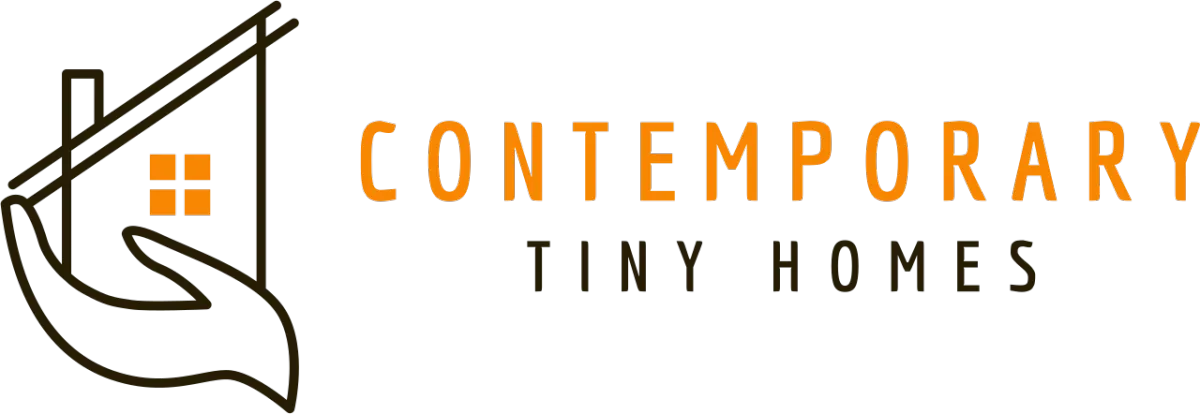Knowledge Center: Your Go-To Resource for ADUs and Tiny Living
Knowledge Center: Your Go-To Resource for ADUs and Tiny Living
Email [email protected]
Phone 860-TINY-HOM (es)

What is the cost to install utilities for a tiny home?
When it comes to embracing the minimalist lifestyle of tiny home living, one crucial aspect that often goes overlooked is the cost of installing utilities. From electricity and water to heating and waste management, the process of outfitting a tiny home with essential utilities can be both complex and costly. In this guide, we delve into the various factors that influence the cost of utility installation for tiny homes, providing insights into budgeting considerations, sustainable options, and cost-effective solutions to help you navigate the intricate world of utility setup for your new abode.
Overview of Utility Installation for Tiny Homes
When it comes to setting up utilities for a tiny home, the process can feel like navigating a maze blindfolded. From electricity to water to heating and cooling, getting it all sorted is crucial for a comfortable tiny living experience.
Understanding the Importance of Proper Utility Installation
Proper utility installation isn't just about flipping switches and turning on taps, it’s about ensuring your tiny home runs smoothly and efficiently. Without the right setup, you could find yourself in hot water (or cold water, depending on your plumbing).
Factors Influencing Utility Installation Costs
The cost of setting up utilities for a tiny home can vary depending on a multitude of factors. From location to the type of systems you choose, these influences can make or break your budgeting dreams.
Electricity: Costs and Considerations
When considering the electrical costs associated with installing utilities in a tiny home, it is important to take into account various factors that can impact the overall cost. One of the main considerations is the size of the tiny home and its power needs. Since tiny homes are typically smaller in size, they often require less electricity compared to traditional homes. However, it is still important to ensure that all appliances and electrical systems are properly installed and meet building codes to ensure safety and efficiency.
Additionally, the location of the tiny home can also affect electrical costs, as connecting to a power source may vary in price depending on accessibility. It is recommended to consult with a professional electrician to assess the specific electrical needs of your tiny home and receive an accurate estimate for installation costs. By carefully planning and budgeting for electrical expenses, you can ensure that your tiny home is powered effectively and efficiently without breaking the bank.
Water and Plumbing Installation Expenses
Water and plumbing installation expenses for a tiny home can vary significantly depending on various factors such as location, size of the home, materials used, and complexity of the plumbing system. On average, the cost of installing plumbing in a tiny home can range from $2,000 to $6,000. This includes costs for pipes, fixtures, toilets, sinks, showers, water heaters, and labor. It is important to invest in high-quality materials and professional plumbing services to ensure durability and efficiency in the long run.
Additionally, factors such as permits, site preparation, trenching for water lines and sewage systems can add to the overall cost. Proper planning and budgeting are essential when considering water and plumbing installation expenses for a tiny home to avoid any unexpected financial burdens down the line.
Heating and Cooling Systems
When it comes to the expenses of heating and cooling systems for a tiny home, several factors must be taken into consideration. First and foremost, the size of the space will directly impact the cost of installation and operation of these systems. Smaller homes typically require smaller units, which can result in lower upfront costs. However, it's important not to overlook the importance of energy efficiency when selecting a system for a tiny home.
Investing in high-efficiency heating and cooling equipment may have a higher initial cost but can result in significant long-term savings on utility bills. Additionally, proper insulation and sealing of windows and doors are crucial in ensuring that these systems operate efficiently. Overall, while expenses for heating and cooling systems in a tiny home may vary depending on specific needs and preferences, prioritizing energy efficiency is key to minimizing costs in the long run.
Waste Management and Sewage Solutions
Composting Toilets and Other Eco-Friendly Options
When nature calls in your tiny home, composting toilets offer a sustainable solution. These eco-friendly options break down waste into compost, reducing water usage and odors. Plus, they're a great conversation starter at dinner parties.
Septic System Installation Costs
If composting toilets aren't your thing, traditional septic systems are also an option. Installing a septic system for your tiny home can range from a few thousand to several thousand dollars, depending on the size and complexity. But hey, at least you won't have to deal with city sewage bills.
Propane and Gas Hookup Costs
Overview of Propane as a Fuel Source
Propane is like the Swiss Army knife of fuel sources for tiny homes. It can power everything from stoves to heaters, providing a reliable and efficient energy source. Just remember to schedule regular propane deliveries to avoid chilly nights.
Installation Expenses for Gas Appliances
Equipping your tiny home with gas appliances comes with installation costs. From hooking up your stove to connecting your water heater, these expenses can add up. But hey, cooking on a gas stove beats microwaving leftovers any day.
Solar Power Options for Sustainable Living
Benefits of Solar Power for Tiny Homes
Harnessing the power of the sun for your tiny home is not only eco-friendly but also cost-effective. Solar panels can provide energy for your lights, gadgets, and even your mini-fridge. Plus, you get to feel like a modern-day eco-warrior.
Initial Investment and Long-Term Savings with Solar Panels
While the upfront cost of installing solar panels can be significant, think of it as an investment in your future (and the planet). Over time, you'll see savings on your energy bills, and you'll have the satisfaction of knowing you're reducing your carbon footprint. Plus, you can brag to your friends about being powered by sunshine.
Conclusion
As you embark on the journey of setting up utilities for your tiny home, it's essential to approach the process with thorough planning and a clear understanding of the associated costs. By weighing your options, exploring sustainable alternatives, and budgeting wisely, you can create a comfortable and efficient living space that aligns with your values and needs.
Whether you opt for off-grid solutions, invest in solar power, or prioritize eco-friendly practices, the investment in quality utility installation for your tiny home can lead to long-term savings and a more sustainable lifestyle. With careful consideration and strategic decision-making, you can transform your tiny home into a functional and environmentally conscious sanctuary.
FAQ
How much does it typically cost to install electricity in a tiny home?
The cost of installing electricity in a tiny home can vary depending on factors such as the power source (grid or off-grid), the size of the system, and the complexity of the wiring. On average, you can expect to budget anywhere from $3,000 to $10,000 for electrical installation.
Are there sustainable heating options available for tiny homes?
There are several sustainable heating options for tiny homes, including wood stoves, propane heaters, and electric radiators. Additionally, some tiny home owners opt for radiant floor heating or mini-split systems to efficiently heat their space while minimizing energy consumption.
What are the considerations when choosing a water supply system for a tiny home?
When selecting a water supply system for a tiny home, factors such as access to clean water sources, water usage habits, and environmental impact should be taken into account. Options range from connecting to a municipal water supply to utilizing rainwater harvesting systems or installing a well on your property.
Is it feasible to go completely off-grid with utilities in a tiny home?
While going completely off-grid with utilities in a tiny home is possible, it requires careful planning, substantial upfront investment, and ongoing maintenance. Off-grid living typically involves a combination of renewable energy sources, water conservation methods, and sustainable waste management practices to achieve self-sufficiency.

Copyright 2025. All rights reserved. Norwalk, CT
Connecticut's New Home Construction Contractor License: #NHC.0017654
EPA Lead-Safe Certified NAT-F269966-1


